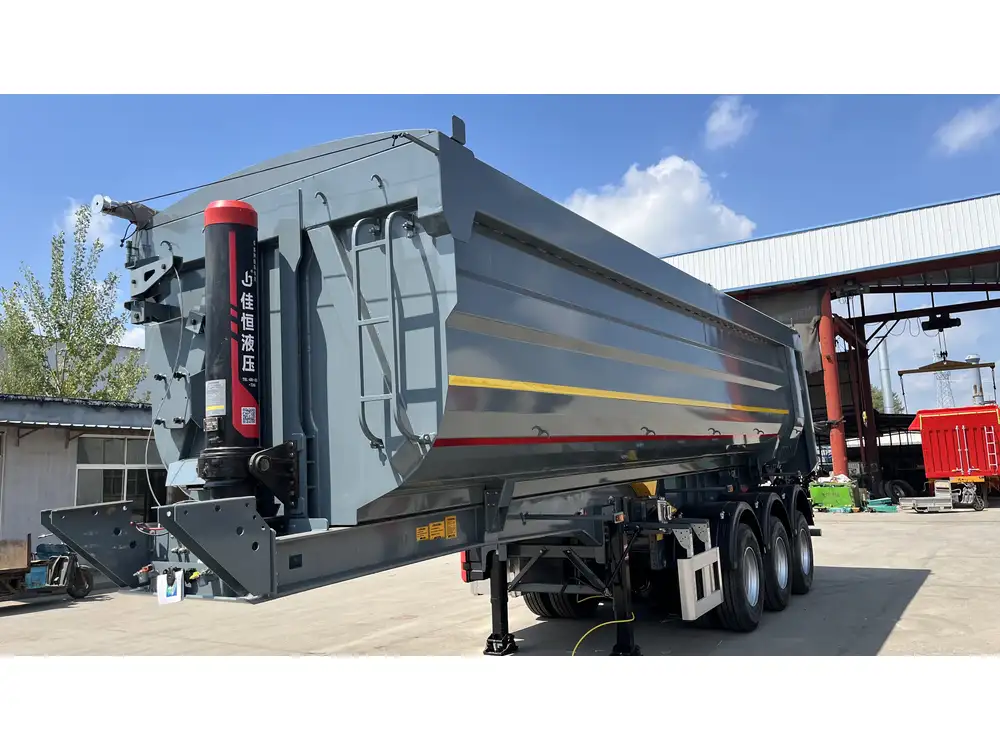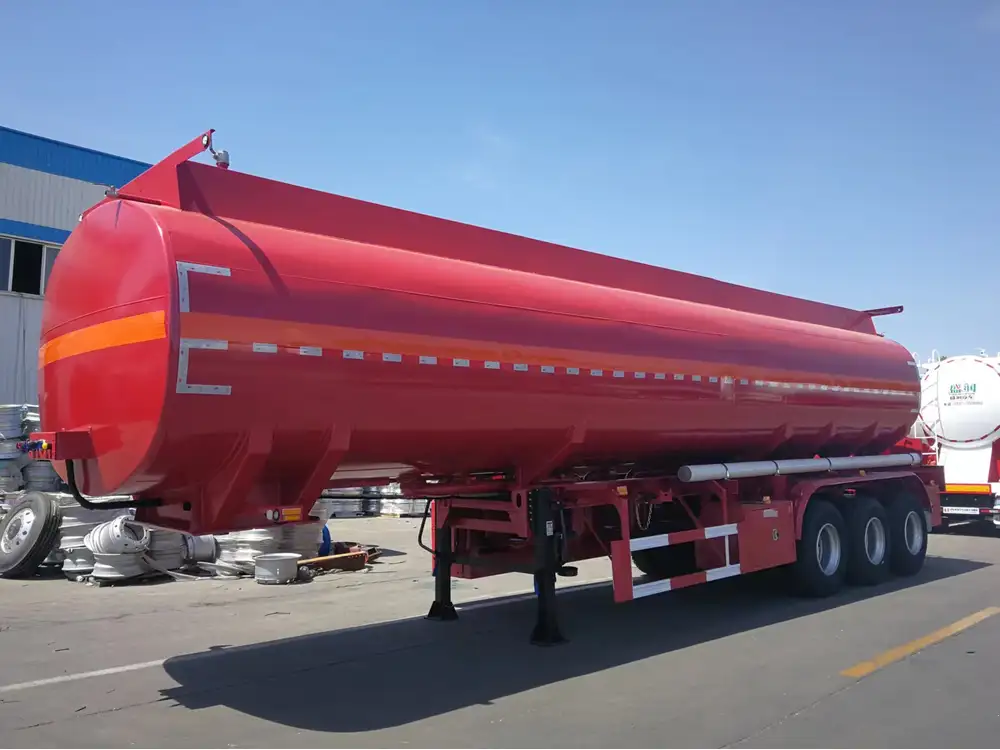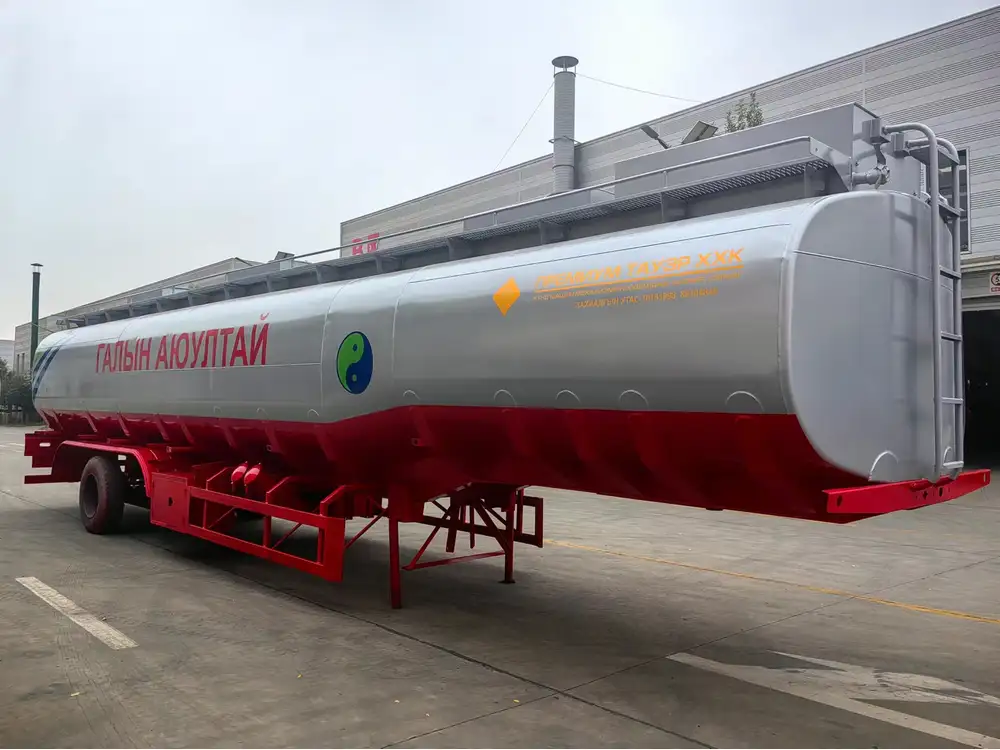Transporting livestock, particularly sheep, involves a multitude of considerations beyond mere quantity. As a premier manufacturer of semi-trailers specializing in livestock transport, we delve into this topic to provide an exhaustive understanding of how to maximize efficiency while ensuring the well-being of the animals.
Understanding the Dimensions of a Standard Semi-Trailer
Semi-Trailer Specifications
Semi-trailers typically used for transporting sheep come in various dimensions. The most common size for a livestock semi-trailer is approximately 53 feet in length, 8.5 feet in width, and 13.5 feet in height. Here’s a breakdown of these measurements:
| Dimension | Measurement |
|---|---|
| Length | 53 feet |
| Width | 8.5 feet |
| Height | 13.5 feet |

Usable Space Considerations
In calculating how many sheep can fit within a semi-trailer, it’s crucial to consider usable space. Not all of the trailer’s cubic volume is suitable for sheep transport. Space must be reserved for ventilation, feeding, and the ability for the animals to stand comfortably. Therefore, the effective space available for sheep can differ significantly from total volume.
Sheep Space Requirements
Minimum Space Per Sheep
The amount of space each sheep requires varies based on their size. Generally, the following guidelines can be used for width and height:
- Standard Sheep (Average Weight: 150 lbs)
- Floor space: Approximately 2.5 square feet per sheep.
- Height clearance: A minimum of 4-5 feet for standing comfort and to ensure adequate air circulation.

Calculation of Sheep Capacity
To determine how many sheep can fit in a standard semi-trailer, perform the following calculations using the provided dimensions and space requirements.
Estimated Troop Capacity
Total Floor Area:
- Width of trailer: 8.5 ft
- Length of trailer: 53 ft
- Total area = Width × Length = 8.5 ft × 53 ft = 450.5 square feet
Effective Floor Area for Sheep:
- Considering space for movement, air, and comfort, imagine only 75% of the space is usable.
- Effective area ≈ 450.5 × 0.75 = 337.875 square feet
Number of Sheep:
- Minimum space requirement = approximately 2.5 square feet per sheep.
- Total sheep capacity = Effective area / Space per sheep
- Total sheep capacity = 337.875 / 2.5 = 135.15
Conclusion: Approximately 135 sheep fit in a standard semi-trailer under optimal conditions.
Factors Influencing Capacity
Sheep Size and Weight Variability
While the average sheep provides a straightforward calculation, it is vital to remember that breeds differ in size and weight. For instance:
- Dorpers: Heavier, requiring more space.
- Suffolk: Medium-sized, fitting comfortably in the estimated count.
- Hampshires: Smaller, potentially increasing the number per trailer.

Regulations and Best Practices
The transportation of livestock is heavily regulated to ensure welfare. Guidelines set forth by organizations like the Humane Society or the American Veterinary Medical Association dictate that animals’ welfare must always be prioritized. These regulations often dictate space, ventilation, and travel time, all of which affect how many sheep can be safely loaded into a trailer.
Environmental Conditions
The environment during transport significantly impacts sheep comfort and health. High temperatures can stress animals, requiring them to have more space to adapt. Considerations must also include:
- Adequate ventilation,
- Weather conditions,
- Access to water and food.
Optimizing Transport Efficiency

Load Configuration
To maximize space efficiency in a semi-trailer, transporters must prioritize how the sheep are loaded. Proper loading can increase safety and comfort:
- Balanced Loading: Even distribution of weight prevents swaying and injuries.
- Group Similar Sizes: This helps in efficiently utilizing space without overcrowding.
Advanced Loading Techniques
Employing innovative loading techniques can improve animal welfare and safety. Techniques include:
- Modular Loading Systems: Consider semi-trailers with adjustable partitions allowing dynamic space arrangements based on the size and weight of sheep.
- Ramps and Access Systems: Ensuring that loading ramps are not too steep will facilitate easier access for sheep, which can reduce stress during loading and unloading.
Post-Transport Sheep Management

Unloading Considerations
Upon arrival at the destination, a structured unloading plan is vital. Slow and calm unloading prevents panic and possible injury. Strategies include:
- Sequential Unloading: Allowing ample time between unloading groups can help maintain order.
- Designated Unloading Areas: Have an area where sheep can acclimate before moving to their next space.
Monitoring Health and Behavior
Once unloaded, monitoring the health and behavior of sheep is essential. Keep an eye on:
- Signs of distress or injury.
- Ensuring adequate food, water, and rest following transport.
- Consulting with a veterinarian if any sheep shows signs of health issues.
Conclusion
Transporting sheep in semi-trailers is a crucial component of livestock management that involves consideration of numerous factors. From understanding spatial requirements to ensuring adherence to welfare guidelines, the responsibility is significant. An estimated 135 sheep can comfortably fit in a standard semi-trailer, though this number may vary based on specific conditions such as breed size, regulations, and environmental variables.
Implementing best practices alongside strategic planning can yield both efficiency and animal welfare, ensuring that the transportation process serves its purpose effectively. Choosing the right semi-trailer is crucial for the successful transport of sheep, requiring careful deliberation of design, dimensions, and usability. As a manufacturer of high-quality semi-trailers, understanding these elements positions us to better serve our clients and enhance the livestock transport process.
This comprehensive exploration not only informs but also engages by providing actionable insights, fostering a deeper understanding of sheep transportation logistics. As livestock transport evolves, our commitment to safety, efficiency, and animal welfare remains unwavering.



